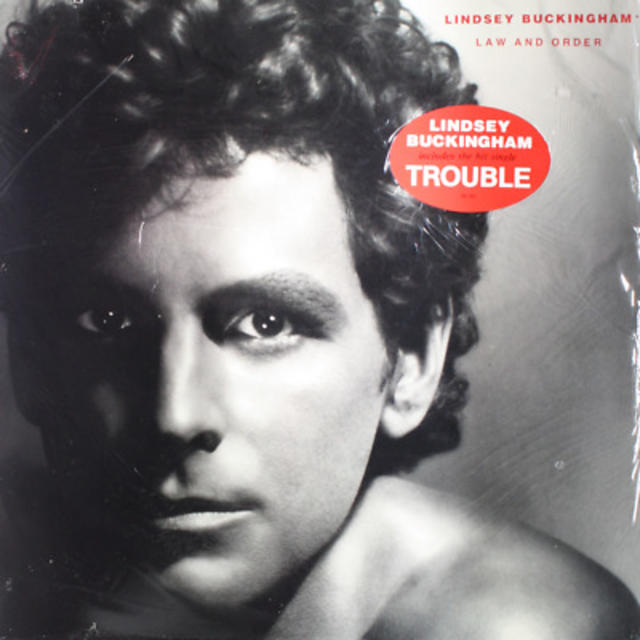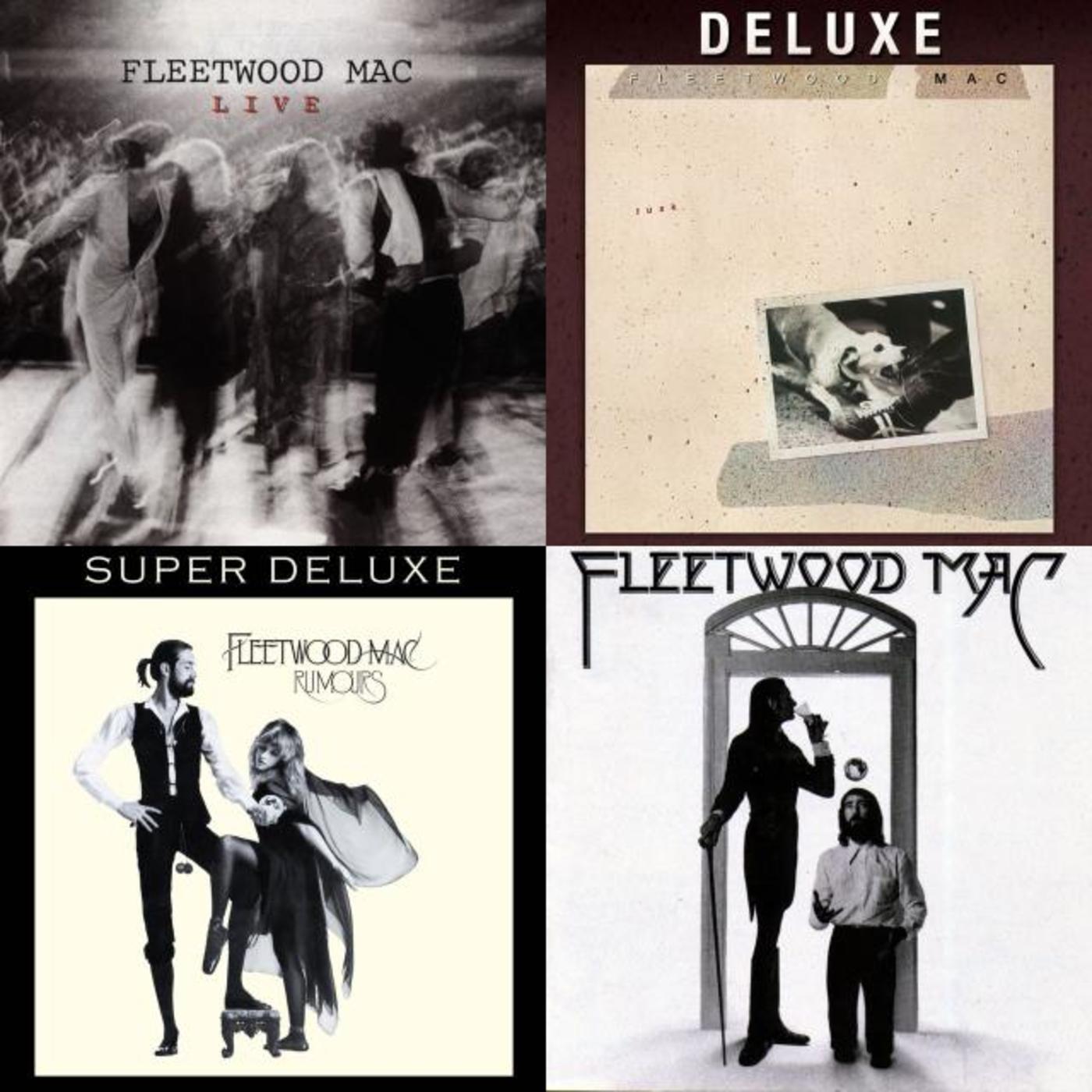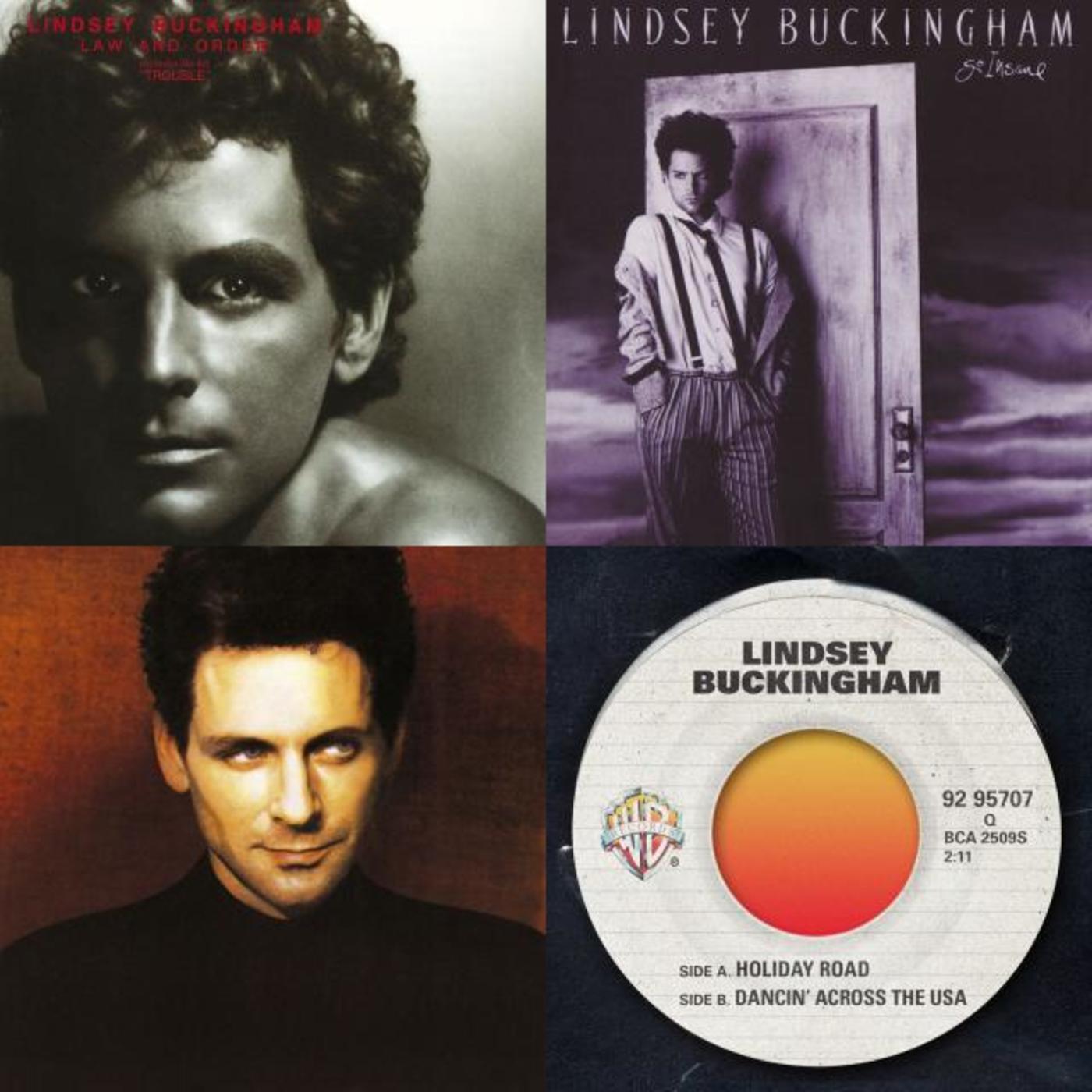I'm 40: Lindsey Buckingham, LAW AND ORDER

"Law And Order, my first solo album, had largely been a reaction to the prohibitive, conservative creative environment in Fleetwood Mac in the wake of the experimental Tusk album, which I'd instigated," is how Lindsey Buckingham categorized his debut solo album on Twitter in 2018. "Thus Law and Order was something of a knee jerk - a camp, ironic counter-punch."
Released in early October 1981, Law and Order was an eclectic mix that doubled down on the aforementioned experimentation that marked Buckingham's songwriting contributions to the Tusk album, to varying degrees of appreciation both inside the band and out. The record's commercial highlight was the sparking pop of "Trouble," which cracked the top 10 to peak at #9 on the Hot 100 for the week of January 16, 1982. The #1 song in America that week: Olivia Newton-John's "Physical."
"This is the first single from the album, and the only song on which I didn't play bass and drums," Buckingham explained in the original Law and Order press release. "I had tried playing the drums on this but it wasn't happening, so we asked Mick (Fleetwood) to play. He came in one night and we stayed 'till four in the morning doing takes. But when we came in the next day, there wasn't one take we felt was solid enough from start to finish. So we decided to cut a short tape loop of the drum track, only four seconds, I think. The irony of that was that the original reason for having Mick play on the song was to approach the track completely live, as opposed to my usual technique. Ultimately, we achieved just the opposite, using the same four seconds of Mick's drums over and over again. I overdubbed the drum fills and cymbal crashes to create a live feel. George Hawkins, who played bass on Mick's The Visitor album, put the bass on, and I played some very pretty half-speed guitars in the choruses. I 'm also quite pleased with the Spanish guitar solo."
Delving deeper into the album reveals decidedly anti-pop moments, like the frenzied "That's How We Do It in L.A." It's a track the artist says harks back to rock 'n' roll's wild roots: "The closest thing to Fats or Jerry Lee or Little Richard on the album," Buckingham said in the record's press release. "People seem to think the song is gonzo, but it's no more so than many rock 'n' roll songs from 25 years ago. The accepted definition of rock has certainly changed. In terms of atmosphere, the attempt of many of these songs was to achieve a throwback sound, a rejection of 1981 'state of the art' in favor of a sound maybe less correct technically, but far richer aesthetically. This song is a prime example of that. Can you imagine how the atmosphere of '50s rock 'n' roll would suffer if it had to be recorded under today's so-called 'perfect' conditions?"
In stark contrast, deep cut "I'll Tell You Now" invoked far more familiar feelings for a reason: "This is the oldest song on the album. In fact, had it been written a few months earlier, it probably would have gone on the Tusk album," Buckingham revealed. "It deals with experiencing depression, the sense of isolation, feeling weak after having felt strong... the feeling of needing to communicate, but not having the emotional momentum to do so. The singer promises to 'tell you now,' but he never does."
Law and Order made a formidable chart run, peaking at #32 on the Billboard 200 for the week of December 12, 1981. The top LP in the country that week: Foreigner's 4.
For more information, click the buttons below:



